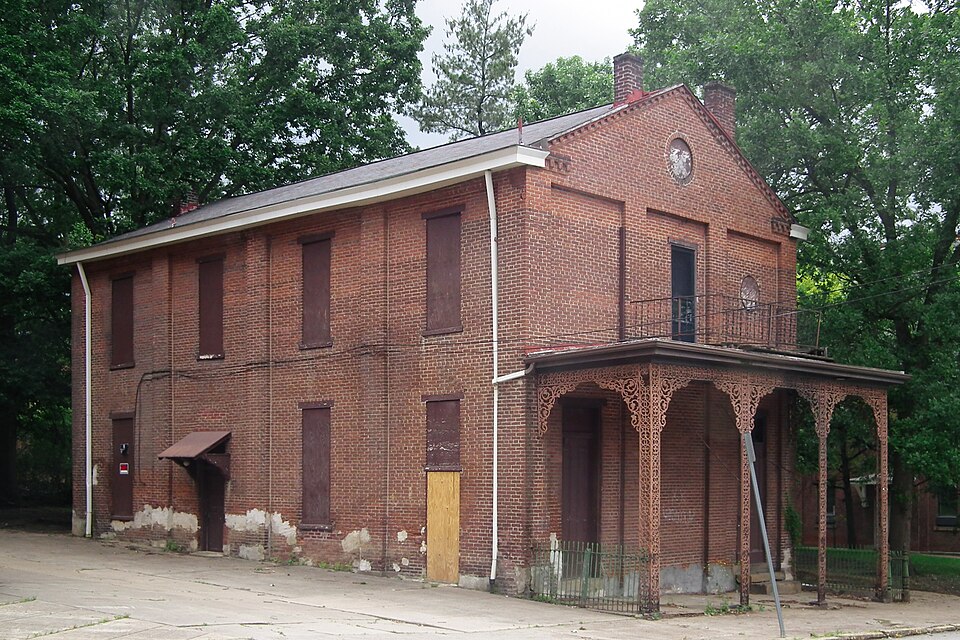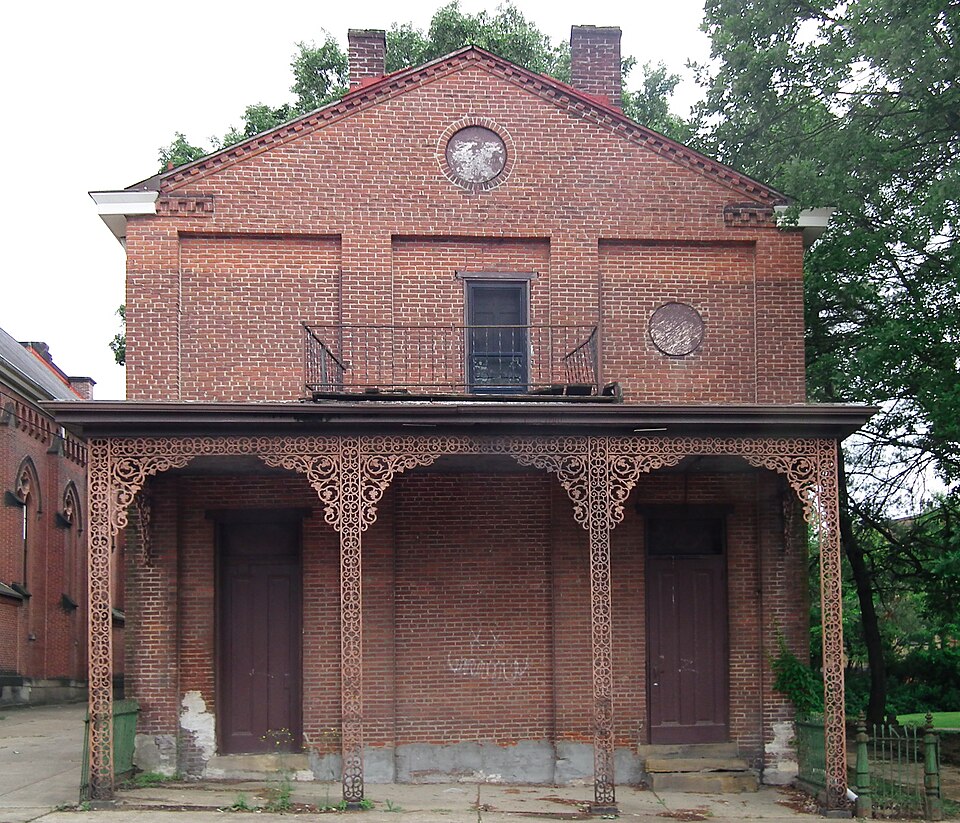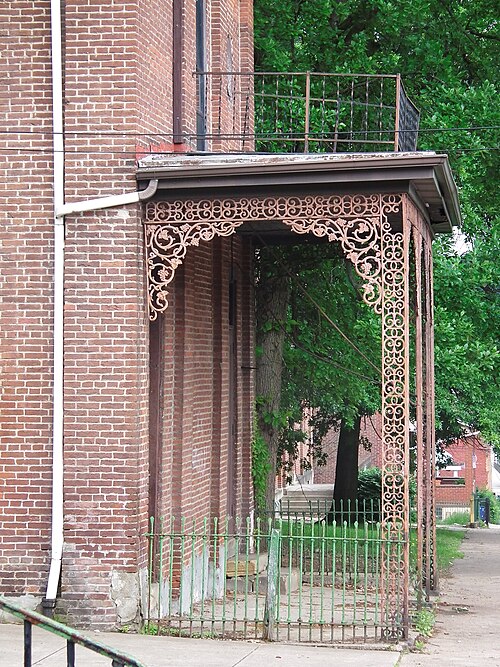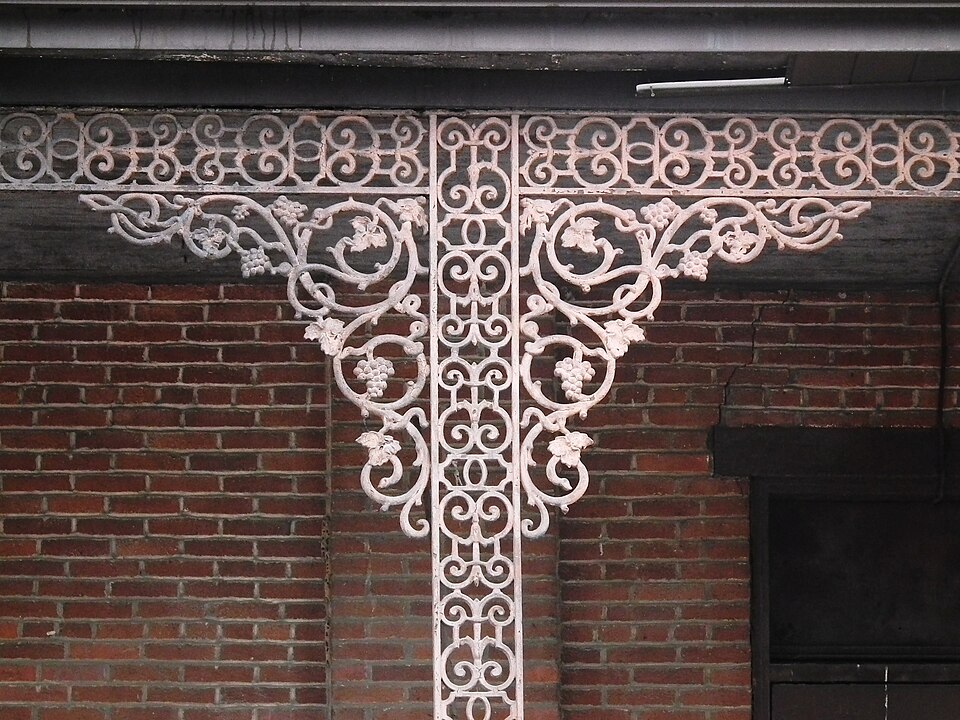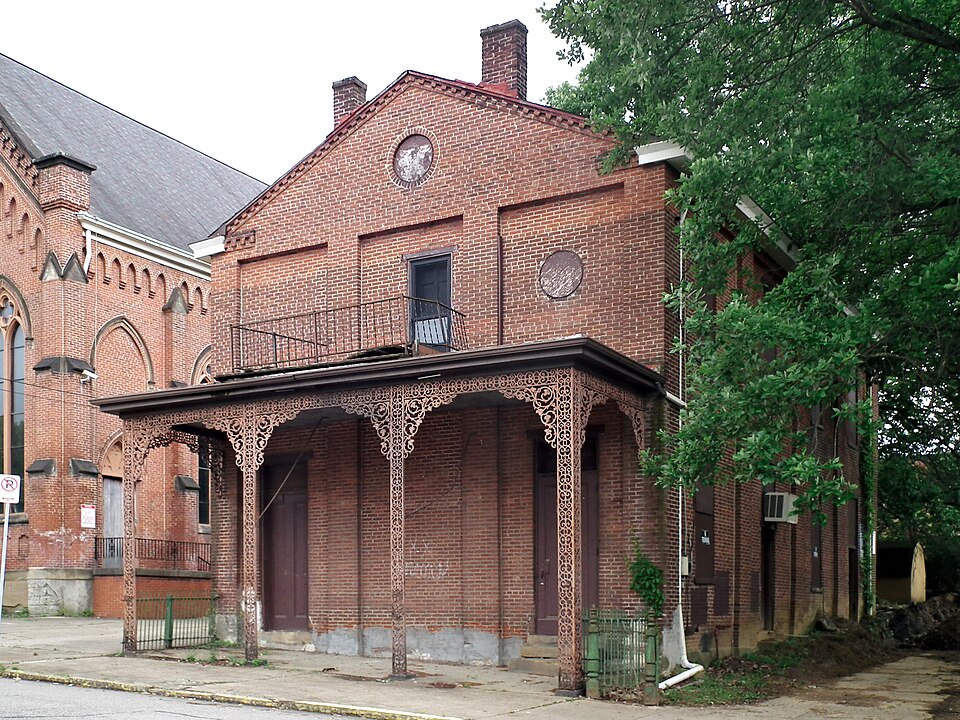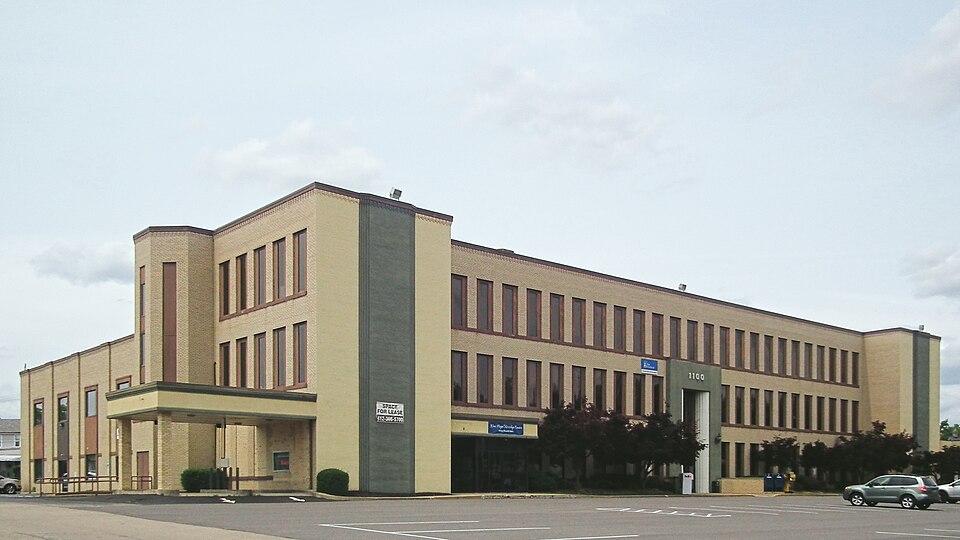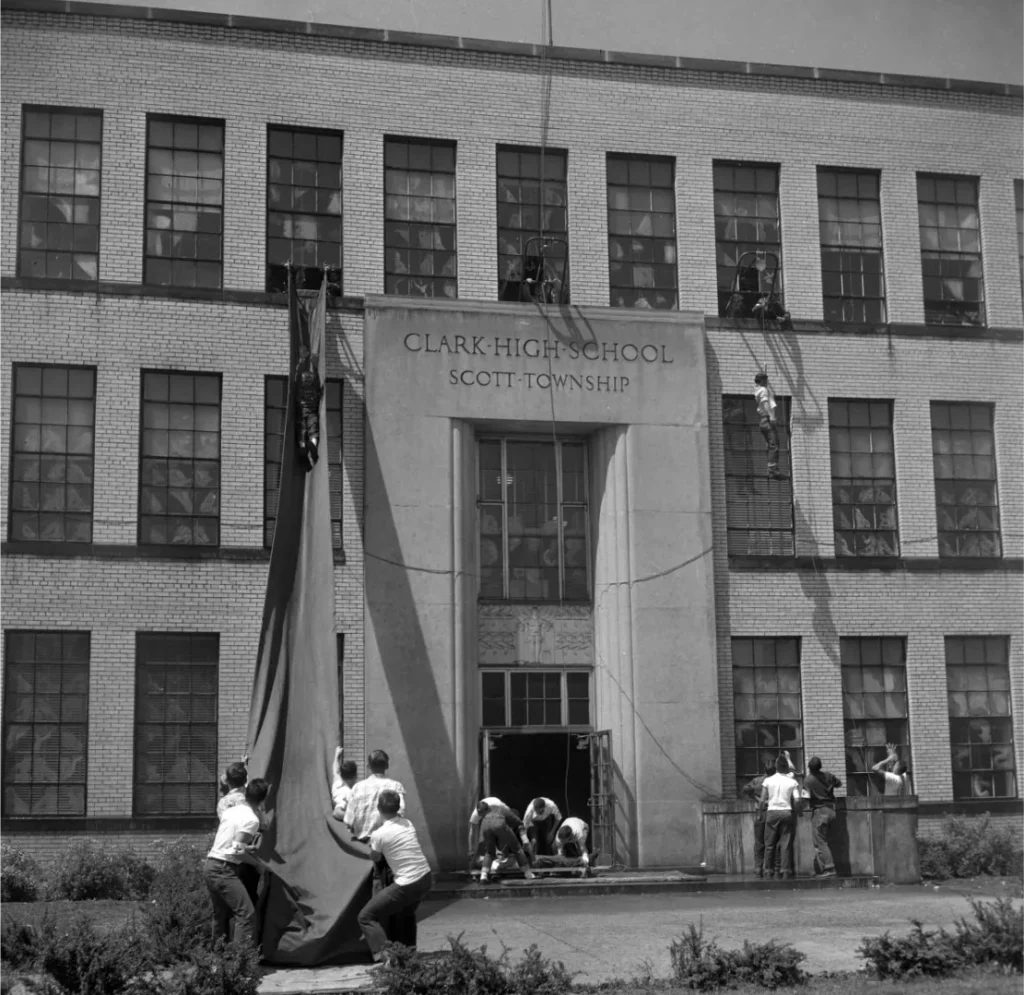
According to Wikipedia and the National Register of Historic Places and the Pittsburgh History and Landmarks Foundation and numerous books and so on and so forth, the architects of Westinghouse High School were Ingham & Boyd. So you can just take the story as it comes to you, or you can can do what Father Pitt can’t stop himself from doing: keep pulling at a loose thread until the whole story unravels and has to be woven again.
The loose thread was that old Pa Pitt kept running across construction listings that said George S. Orth & Brother were designing a Homewood-Brushton High School in the middle teens of the last century. For a long time Father Pitt had just assumed that the project fell through, and later Ingham & Boyd were hired to design the school that was actually built in 1921. But then he found this elevation of the school as designed by the Orths:


It was printed in the Year Book of the Pittsburgh Architectural Club, Incorporated, for 1916—long before the current school was built in 1921. But even a casual glance shows that it is fundamentally the school that stands today. Details are different, but the three-arched entrance, the blank walls on the projections at the ends of the building, the exact number and proportion of the windows, and so on, are all the same.
So why are the Orths not credited as the architects of Westinghouse?
The Wikipedia article on Westinghouse High School explains it, though without mentioning the change of architects. Digging for the foundation of the school began in 1915, while the Orths were still frantically scribbling their final drawings. But then the bids from the construction contractors came in, and they were shockingly high. The school board decided to wait for a little bit. Then there was a big war, and the construction didn’t actually begin until 1921.
So much we can learn from Wikipedia. The article does not mention the Orths, however, so it does not inform us that George S. Orth died in 1918, and Brother (his name was Alexander Beatty Orth) died in 1920. Having gone to a better place, the Orths were not inclined to finish the supervision of the project, so new architects had to be found. Enter Ingham & Boyd.

Comparing the Orths’ drawing with the school as it stands shows us that Ingham & Boyd took over the original plans, but adapted them to their own taste. They made the design more rigorously classical, changed the partly brick walls to all stone, simplified the ornamentation, and added inscriptions (a typical Ingham & Boyd touch) to the blank walls. But the main outlines were already established by George S. Orth & Brother.






Having sifted through the history of Westinghouse High School, we must say that Ingham & Boyd did the larger part of the work. They not only remade the plans in a more modern style, but also supervised the construction and dealt with the school board as the costs kept rising, which must have required patience and many soothing words.
But the original design belongs to George S. and Alexander Beatty Orth, and they deserve the credit for it. It will probably take a long time for that truth to percolate through the many repositories of Pittsburgh architectural history. But, as the book of I Esdras says…

Comments











































